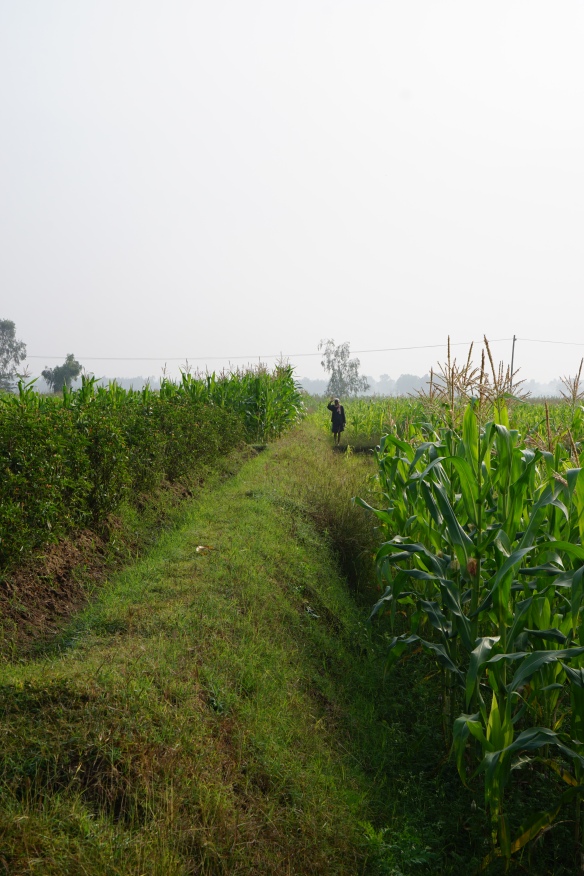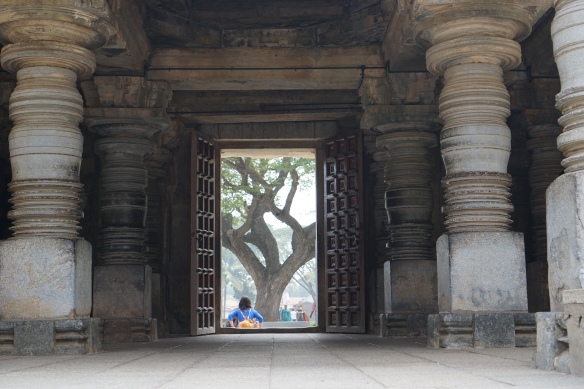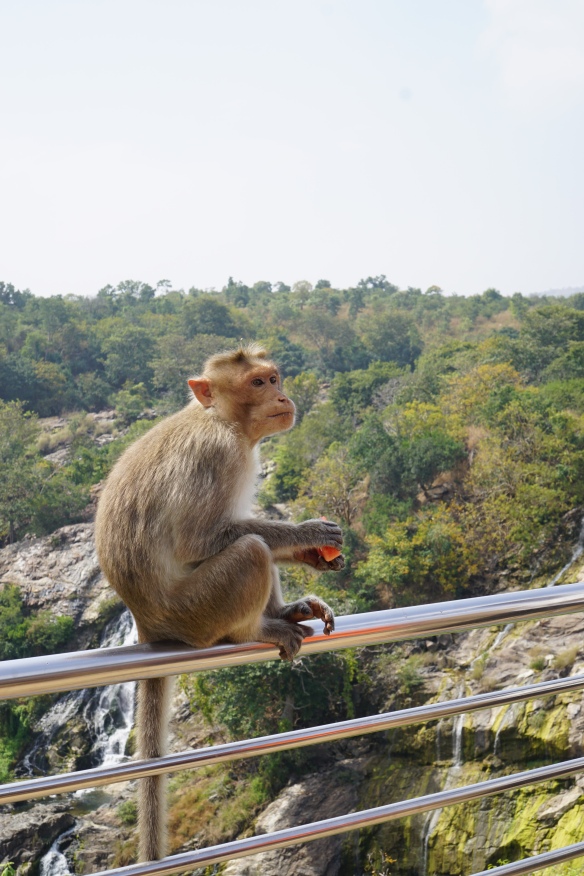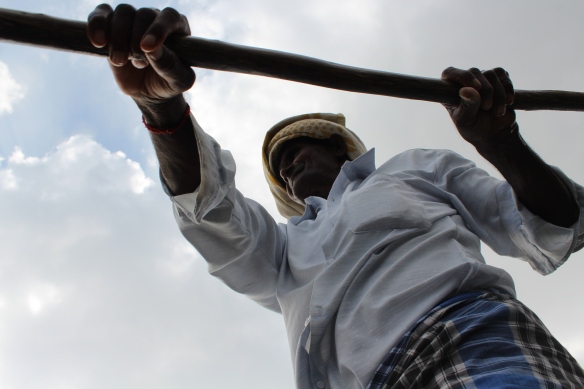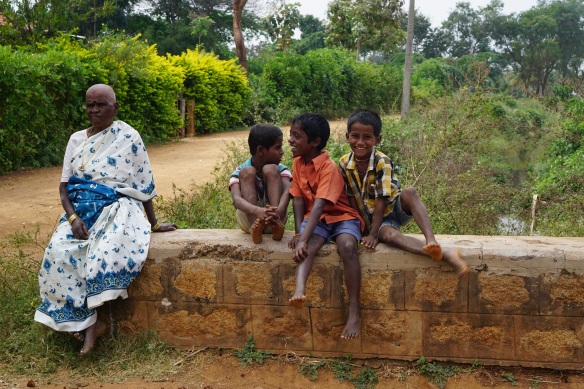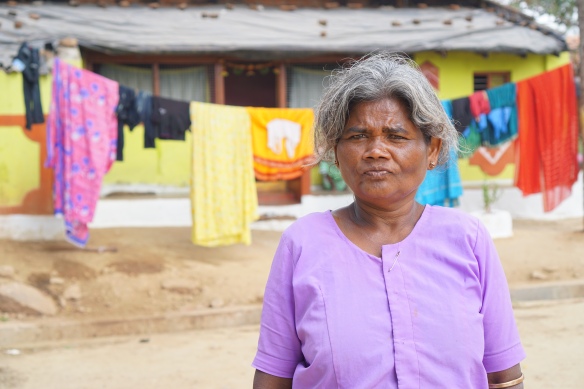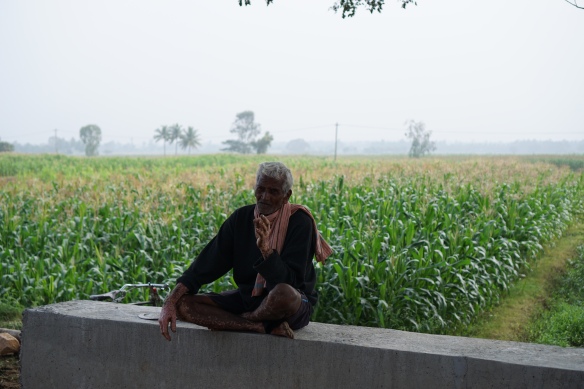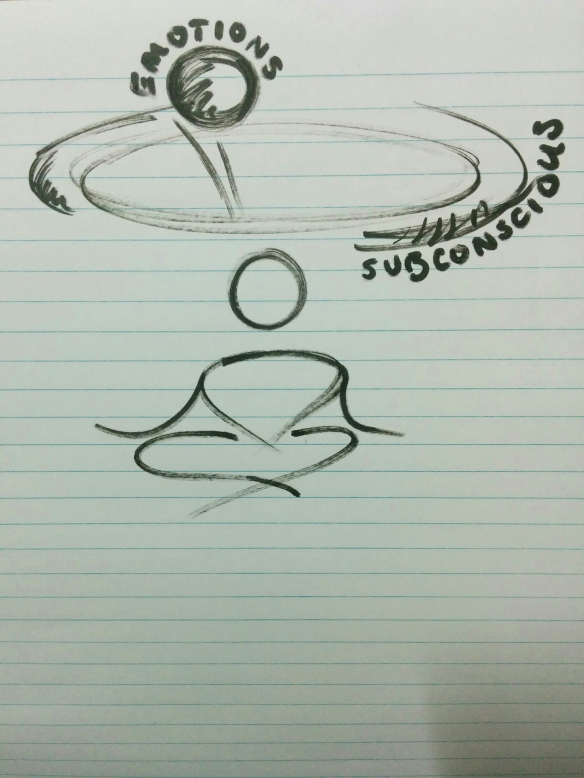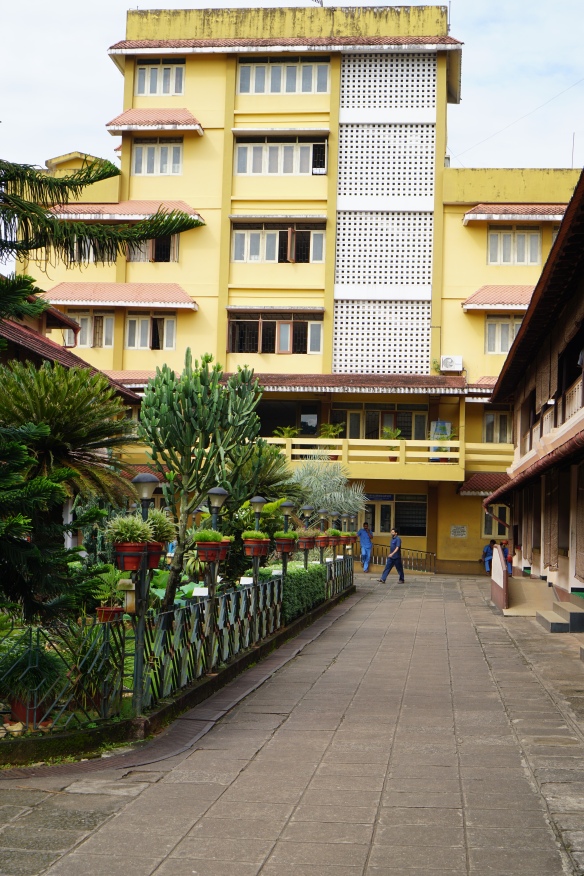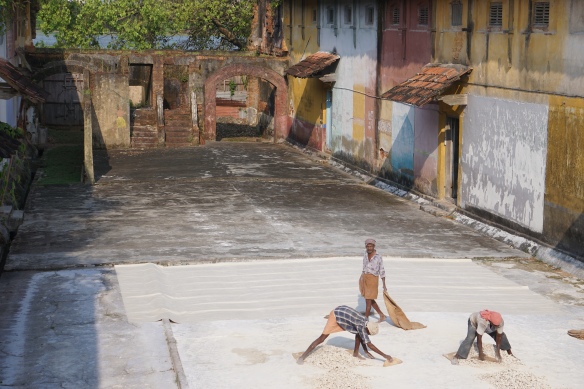The elevator doors of Tokyo Imperial Hotel glide open and I walk towards the crisp white door framed by a glowing white entryway. I walk down the clinic’s sterile white hallway, enchanted by the glowing modernity, to meet one of Japan’s best plastic surgeons.
A series of fateful connections bring me here, and I have the fortune to meet Dr. Utsugi, a kind mentor who introduces me to the world of alternative and integrative medicine in Japan.
Navigating the stream of humanity in Tokyo’s business district, we make our way to the clinic of Dr. Karo Maeda, M.D., Ph.D., who is the president of the Association of Cancer Energy Annihilation Therapy (CEAT).
Before Dr. Maeda shares his time with us, he receives two patients, and I observe a practical demonstration of the Bi-Digital O-Ring test (BDORT). Discovered by Dr. Yoshiaki Omura of New York Medical College, this is a non-invasive test for detecting the presence of imbalances in the human system – such as cancer.
Dr. Maeda begins by explaining that cancer develops in stages. In between DNA mutation and prior to the development of a detectable tumor, there exists a latent period during which cancer is undetectable by conventional methods, yet cancer energy is already present.

Dr. Maeda uses this graphic to illustrate the trajectory of cancer development. To the left of the y-axis, cancer is not detectable by standard means. To the right, conventional medicine detects what has already developed into tumors.
The underlying principle of BDORT (and all cancer treatment, ostensibly), is that the earlier the cancer is detected, the greater the chance of eradicating it becomes. Unlike conventional detection methods, BDORT is able to detect cancer earlier. That’s the simple premise of this technique.

Bi-Digital refers to two digits of one hand, forming an ‘o’. With one hand, the patient holds a sample of a particular cancer tissue and with the other hand the patient holds an “o” shape, maintaining consistent pressure.
The clinician tries to move the patient’s fingers apart while passing a sensor (mental or laser) over specific points on the patient’s body.

Samples of various cancers, used for BDORT
The principle behind detection is that when the sensor passes over an area of the body which contains the same energy as that in the sample held by the patient, the frequency levels of the respective energies coincide and this causes the muscles of the patient’s hand to weaken briefly despite consistently maintained pressure, which allows the clinician to pull them apart easily and visualize where and what type of cancer is developing.
Interestingly, an experienced clinician (such as Dr. Maeda) can make the detection with the help of an assistant. In this case, the patient stands before the assistant, who holds a sample in the hand that moves the sensor along the patient’s body and the other hand is reached out to the clinician, who attempts to part the closed O-ring.

Should the O-Ring test reveal the presence of cancer energy, the treatment that Dr. Maeda prescribes is microwave irradiation therapy.

Dr. Utsugi demonstrates how a patient might receive targeted microwave irradiation therapy
The idea behind this therapy is to kill cancer cells with heat, while leaving normal cells intact. One main difference between normal and cancer cells allows for this to happen: normal cells have a high level of vessel vascularization, while cancer cells have little to no vascularization.
When the irradiation hits the targeted group of cells, cancer cells heat up while normal cells retain their temperature of 37°C since they are exposed to the cooling effects of their surrounding blood vessels. Vessels act as a cooling system, and those cells which lack this system (the cancer cells) perish due to rapid heating.
Dr. Maeda points out that the change in energy frequency (and subsequent heating of cells) must occur very rapidly, since a gradual change in frequency will overpower the vessels’ cooling capacity and both types of cells will be harmed.
Since we’re speaking through an interpreter, some things get lost in translation, but I find Dr. Maeda’s explanation clear and very interesting nonetheless. Below: Dr. Maeda with Dr. Utsugi and me in his office.
While hearing about “cancer energy” might render some skeptical, the logic behind the methods seems clear to me. I’m left curious to learn more.
During my time in Tokyo, Dr. Utsugi also introduces me to Dr. Yoshitane Akiyama. Dr. Akiyama is a physician and lawyer, who has not eaten for the past 9 years. I’m really surprised when Dr. Utsugi explains this for the first time. I have a chance to meet Dr. Akiyama in person, albeit briefly, and learn that he has transitioned to using prana-nourishment (energy nourishment) instead of food.

From left: Dr. Utsugi, Dr. Akiyama, and Masuaki Kiyota
This time, it is a stretch for me to wrap my mind around the idea. Dr. Akiyama mentions Jasmuheen, a proponent of prana nourishment, who inspired him to embark on this path.
Writing this, I’m decide to research further and come across a fragment from a documentary called “In The Beginning There Was Light” – which details a scientific study conducted on Yogi Prahlad Jani who has not eaten/drunk water in more than 60 years. Watching this, I became less quick to dismiss the idea of pranic nourishment as impossible.
Lastly, Dr. Utsugi introduces me to a man by the name of Masuaki Kiyota, a psychic who is able to bend metal with his mind.

Kiyota-San invites me to his home and shares his practice, demonstrating how it is possible to twist, and “cut” a metal spoon with the mind. Being likewise skeptical about this at the start, my mind is changed when I see the phenomenon occur right before my eyes.
Kiyota-San explains that in order to achieve this, he concentrates on a vision of what the outcome will look like. By focusing on it with extreme concentration, he is able to achieve the unlikely transformation.
It seems too incredible to be true, but there I am, holding a twisted spoon in my hand.
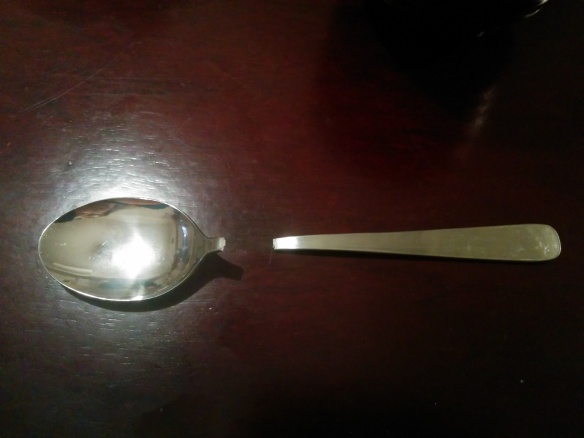
This week teaches me some things about having an open mind. By being open, you open your eyes to seeing something that was always there but you would never have been able to see before. Once again, I’m left with a growing curiosity to understand energy-based healing and the vast power of the mind over matter.














![IMG-20160301-WA0001[1]](https://mindfulodyssey.wordpress.com/wp-content/uploads/2016/03/img-20160301-wa00011.jpg?w=584)







